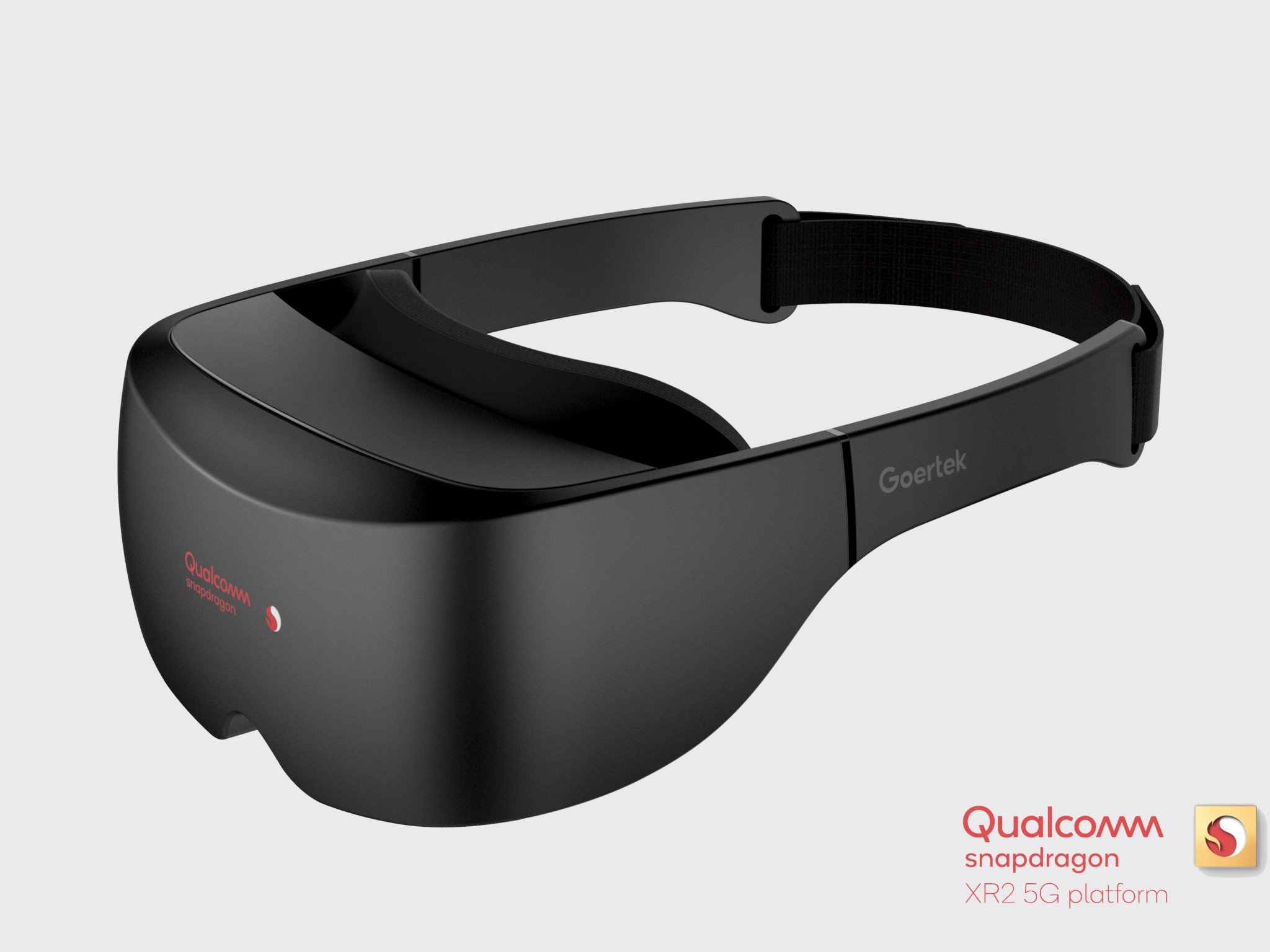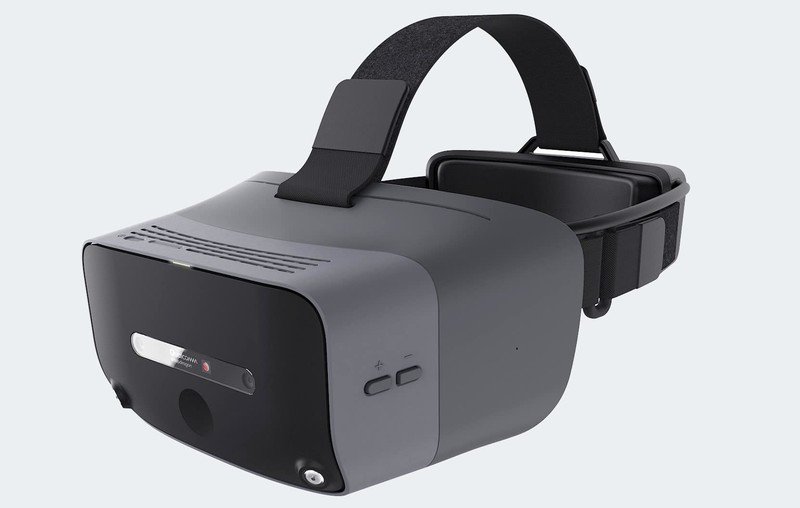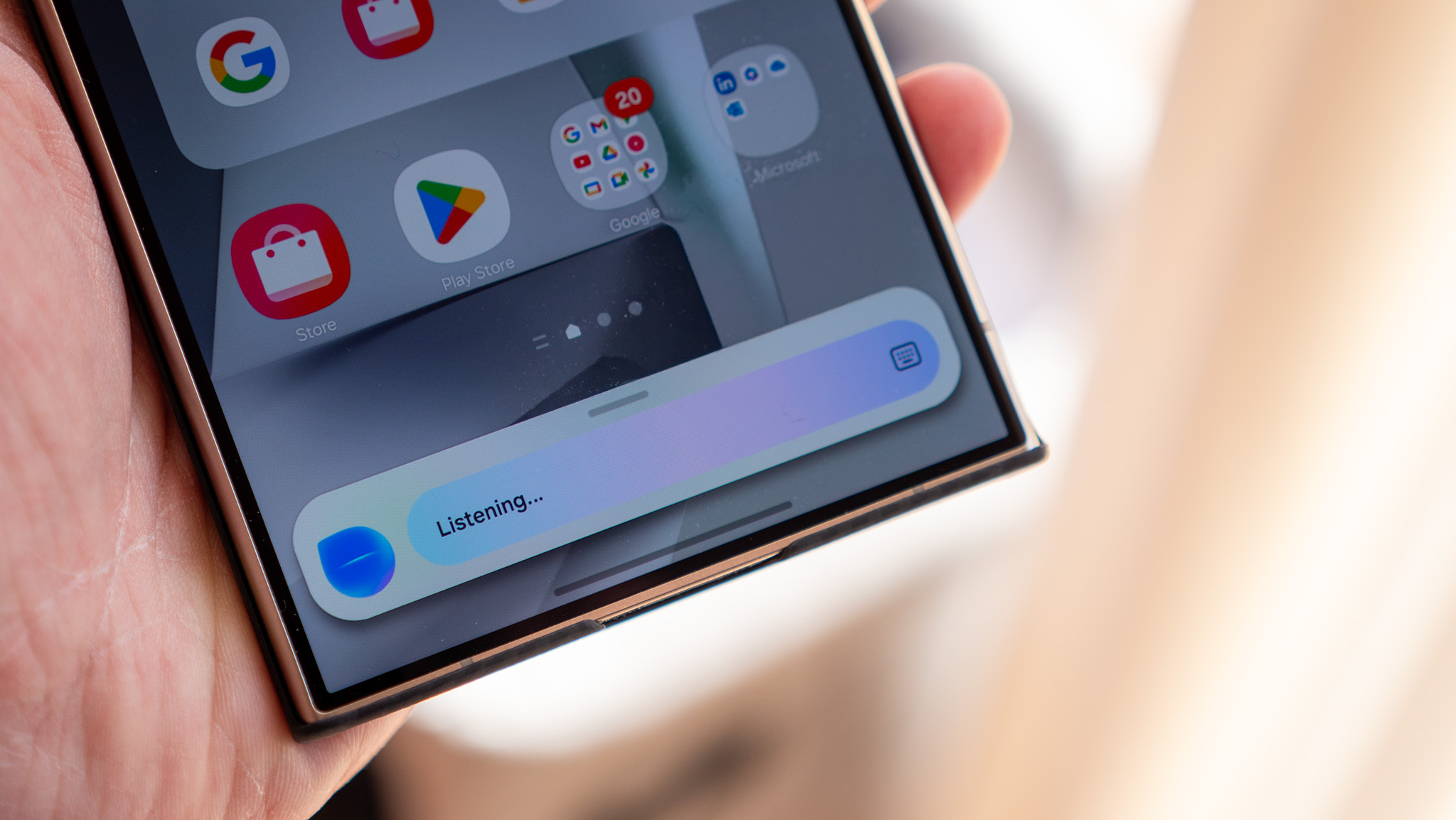Qualcomm's XR2 reference headset could be a glimpse at the Oculus Quest 2

What you need to know
- Qualcomm's XR2 reference headsets feature powerful new processing and split 5G rendering.
- Split rendering could help offload more complex rendering tasks to the cloud for added visual and physics calculations in standalone headsets.
- New electromagnetically-tracked controllers can be tracked behind the body, unlike current Oculus Insight visual tracking.
- Oculus hasn't announced any offical plans for a second-generation Quest just yet.
Qualcomm may have announced its new XR2 AR and VR chipset back in December 2019, but they didn't have any real hardware to show off. That changes with the unveiling of the XR2 5G reference HMD, which is not only powered by Qualcomm's new XR2 system-on-a-chip, but also by an impressive mix of 5G technologies. As a review, the XR2 is Qualcomm's latest XR-focused chipset and is based on the Snapdragon 865, the same chipset that will be powering almost all new flagship smartphones.
Current-generation standalone VR headsets, like the Oculus Quest, are powered by 2017's Snapdragon 835 platform, by comparison. Aside from an incredible leap in processing power, this new reference design utilizes a new split renderer, which means it can render some things locally and out-source more complicated workloads to the cloud via a dedicated 5G connection.
While the supported 3K by 3K resolution for each eye at 90fps and 8K 360-degree video playback capabilities of the XR2 are impressive in their own right, split cloud rendering could provide a massive leap in visuals that could bridge the gap between PC-powered VR visuals and current-generation standalone headsets. 5G connectivity, in particular, is important for helping utilize faster cloud-based processing while on the go without the limitation of being hooked up to a Wi-Fi network.

Qualcomm doesn't expect deployments of this XR2 design in consumer-level hardware until sometime in 2021, but we're not expecting a second-generation Oculus Quest in 2020, either. In addition to improved rendering power, the Qualcomm XR2 5G reference headset features a relatively new controller tracking concept that utilizes electromagnetic controller tracking instead of just visual tracking. While the current-generation Oculus Insight tracking provides incredibly accurate and fast tracking, it cannot see controllers if they are behind your head or body, leaving blind spots in detection. Electromagnetic tracking solves this issue.
It's no secret that the Oculus Quest is doing very well for itself. It's already managed to make over 20% of total Oculus Store revenues, despite that it's only been available for a few months (while the Oculus Store has been around for years). It's also been nigh impossible to buy since well before the Holidays, and that availability doesn't seem to be getting any better any time soon. While there have been no real rumors of Facebook's second-generation debuting any time soon, the newest Qualcomm reference headsets give us a good idea of what we could expect.
Get the latest news from Android Central, your trusted companion in the world of Android

